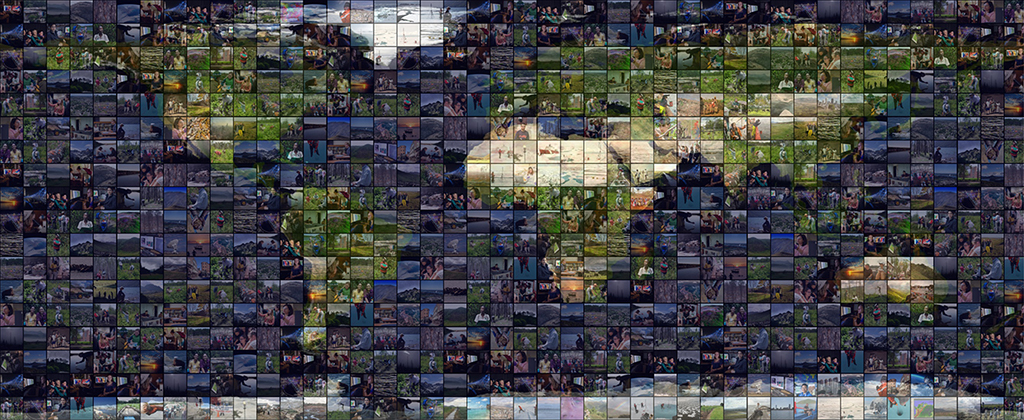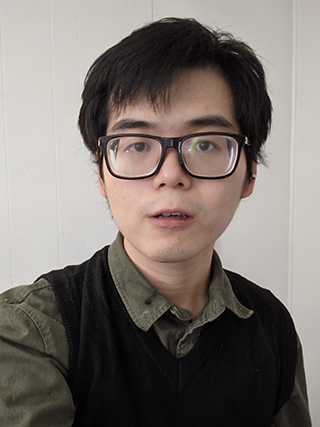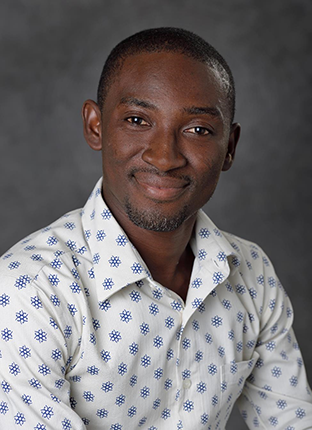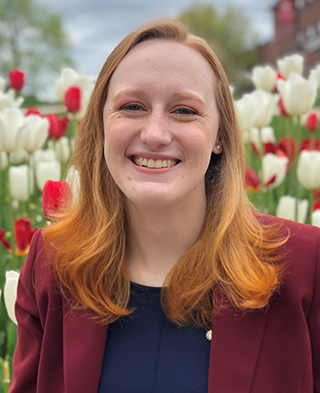Geography students present research, earn awards at national conference

Clark University undergraduate and graduate geography students participated in the American Association of Geographers (AAG) annual meeting earlier this month, with several students earning awards for their research. The event was held both in-person and virtually, featuring more than 6,900 presentations, posters, workshops, and field trips by leading scholars, experts, and researchers. The virtual format allowed the Clark contingent to interact with experts from around the world without ever having to purchase a plane ticket.

Zhen Liu, M.A./GIS ’21, doctoral student Thomas Bilintoh, and Jessica Strzempko ’20, M.A./GIS ’21 all earned awards for their work. All three attended the meeting with support from the Edna Bailey Sussman Fund, which provides funding to graduate students for environment-related research opportunities.
Liu earned second place in the paper competition of the Geographic Information Science specialty group. His paper was entitled “Stratified random sampling generates the Total Operating Characteristic with an application to flood mapping.” Zhen has written software that is available here.

Bilintoh earned second place in the competition of the Coastal and Marine specialty group. His presentation was entitled “A Generalized Method to Quantify the Dynamics of a Specific Category to Compare Sites.”
Strzempko earned third place in the Spatial Analysis and Modeling specialty group’s John Odland Student Paper Competition for “Flow matrix avoids problems of the popular Markov matrix.”
Strzempko, a first-time AAG attendee, wrote that she was “grateful to all the reviewers who asked discerning questions, many of which led me to examine and think about my work from new perspectives.”
This year, 30 undergraduate and graduate students and 13 faculty members from Clark University participated in the AAG’s annual meeting.

Current and former fellows of The Human-Environment Regional Observatory (HERO) program also shared research they conducted under the guidance of Professors John Rogan and Deborah Martin. Among them were Galen Oettel ’21 (“An Unusual Understory: The impacts of mowing on groundcover and tree seedlings within the Hadwen Arboretum”), Valeria Chavez ’21 (“Mapping Tree Cover Change in Worcester in the Context of Land Ownership: the case for an improved tree retention ordinance”), William Sanders ’21 (“Optimizing site locations for new green infrastructure in Worcester, Massachusetts”) and Benjamin Ryan ’21 (“Tracking Tree Canopy Cover Change in Worcester’s Greendale and Burncoat Neighborhoods 1952-2008”).
Kaysan Green ’21, a current master’s candidate in Clark’s Accelerated Degree Program, presented “Trends in deforestation, agriculture and infrastructure in the Selva Maya: The case of Belize and its borders,” in partnership with The Center for the Study of Natural Resource Extraction and Society at Clark University, and Professors John Rogan, Laura Sauls, and Nicholas Cuba, and Roberta Kamille Pennell of the Wildlife Conservation Society.
The AAG’s virtual format made Green wonder if virtual conferences will become the new norm, considering the environmental damage caused when thousands of researchers travel to such events every year.
“Virtual conferences can be so successful,” he wrote.
The AAG website reports that the Annual Meeting of the AAG is possibly the largest geography conference in the world with over 8,500 geographers converging from the U.S., Canada, and nearly 60 other countries in a typical year.


